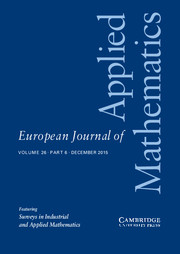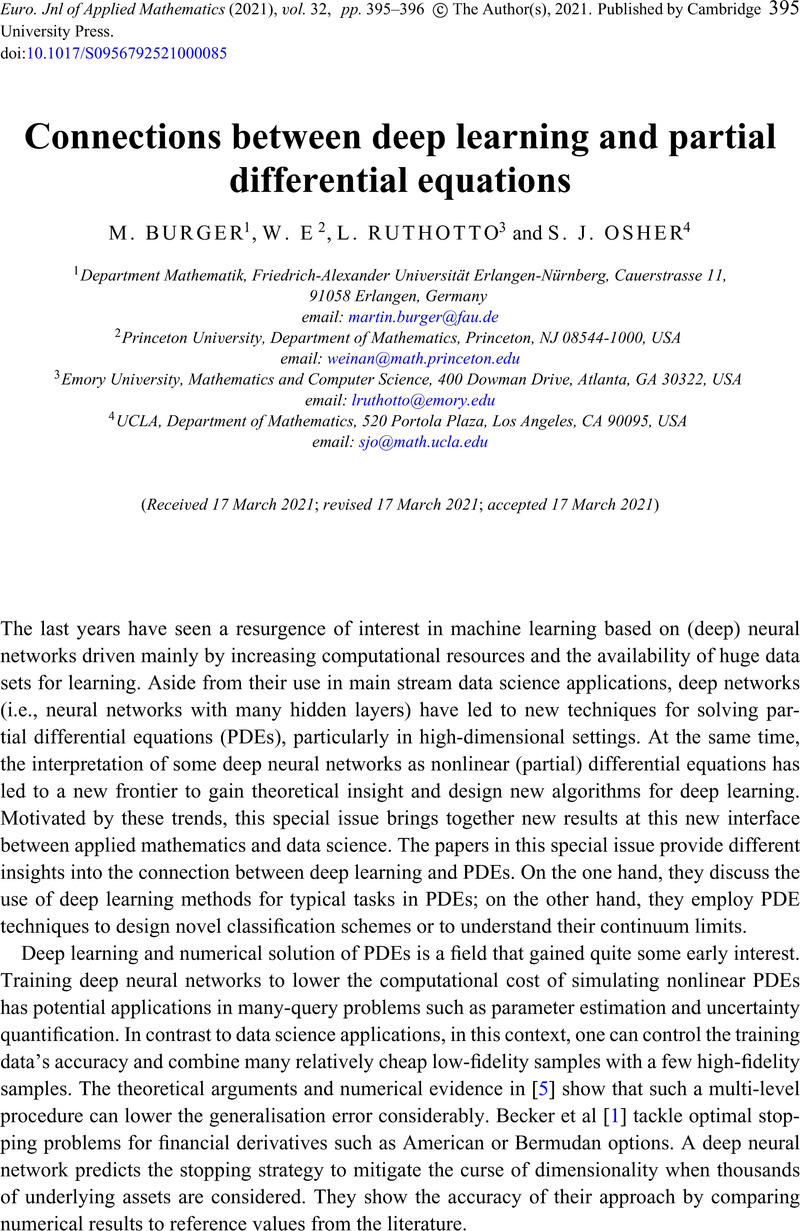Crossref Citations
This article has been cited by the following publications. This list is generated based on data provided by Crossref.
Wang, Zhongjian
Xin, Jack
and
Zhang, Zhiwen
2021.
DeepParticle: Learning Invariant Measure by a Deep Neural Network Minimizing Wasserstein Distance on Data Generated from an Interacting Particle Method.
SSRN Electronic Journal ,
Wang, Zhongjian
Xin, Jack
and
Zhang, Zhiwen
2022.
DeepParticle: Learning invariant measure by a deep neural network minimizing Wasserstein distance on data generated from an interacting particle method.
Journal of Computational Physics,
Vol. 464,
Issue. ,
p.
111309.
Falini, Antonella
D’Inverno, Giuseppe Alessio
Sampoli, Maria Lucia
and
Mazzia, Francesca
2023.
Splines Parameterization of Planar Domains by Physics-Informed Neural Networks.
Mathematics,
Vol. 11,
Issue. 10,
p.
2406.
Wu, Yanqi
Aghamiry, Hossein S.
Operto, Stephane
and
Ma, Jianwei
2023.
Helmholtz-equation solution in nonsmooth media by a physics-informed neural network incorporating quadratic terms and a perfectly matching layer condition.
GEOPHYSICS,
Vol. 88,
Issue. 4,
p.
T185.
Brunton, Steven L.
and
Kutz, J. Nathan
2024.
Promising directions of machine learning for partial differential equations.
Nature Computational Science,
Vol. 4,
Issue. 7,
p.
483.
Wang, Zhongjian
Xin, Jack
and
Zhang, Zhiwen
2024.
A DeepParticle method for learning and generating aggregation patterns in multi-dimensional Keller–Segel chemotaxis systems.
Physica D: Nonlinear Phenomena,
Vol. 460,
Issue. ,
p.
134082.



